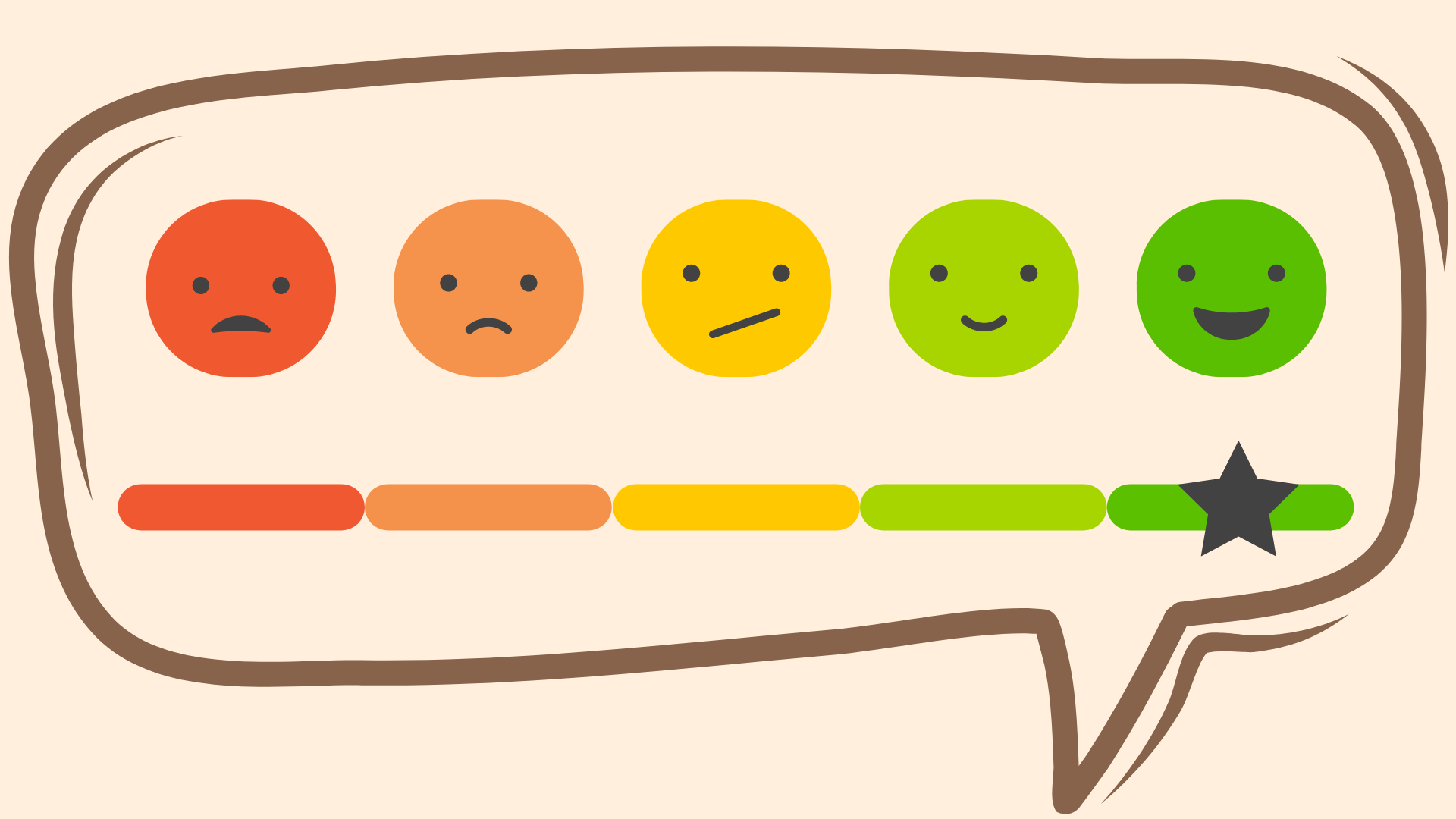

Rating Scale: The Easiest Way To Know Your Audience!
The researcher may need the respondents to score their familiarity with or pleasure with a certain item or service while conducting a systematic examination. He or she may need to incorporate several forms of rating scales in the questionnaire or survey in order to do this objectively.
A rating scale makes it simple for the researcher to evaluate the knowledge and attitudes of the respondents in terms of predetermined values, which may be either numerical or non-numerical. In both quantitative and qualitative observation techniques, this type of questions are often used to compare various viewpoints on a study topic.
What is a Rating Scale?
To acquire comparative data regarding a particular study topic, a rating scale is a popular tool for data gathering. In particular, it is a kind of multiple-choice question that enables survey participants to rate a product or service.
Respondents to surveys may gauge their emotions, perceptions, interests, and preferences using this type of data collecting. Rating scales come in a variety of forms, such as numerical, heartfelt, and Likert scales, and each of them has unique characteristics that set it apart from the others.
Create a free survey and implement these rating scale questions to know your customers
Rating Scales Types
To meet your specific research objectives, various rating scale types are available. Let’s examine the popular categories used in surveys.
1. Graphic Scale
The survey respondents are asked to reply to pictures or images rather than numbers in these kinds of rating scale questions. For instance, when purchasing online, you’ve probably seen star ratings (from 1 to 5) provided by previous consumers. The same is seen on websites where you can rate movies, like IMDB, by giving them stars.
Another common example of how to gauge someone’s contentment or pain is their facial expression, particularly a happy face. These pictorial or graphical rating scale with smiley faces can be useful, especially when you need to accept feedback from speakers of languages other than your own.
2. Slider Rating Scale
People may react using the slider scale by sliding a slider to the best-fitting response choice. Because they don’t need to input any text or numbers, these questions save your responders’ time.
When you want to provide responders a variety of alternatives to pick from, use this question. For instance, responders may even tune the slider to decimal points, such as 1.5 or 3.25, and offer the most accurate response instead of choosing a number between 1-5. Additionally, your target audience may find it entertaining and participatory to respond to a slider rating scale question.
3. Frequency Scale
You may learn more about a respondent’s frequency of use by asking questions using rating scales. For marketing professionals who want to comprehend consumer interactions and touchpoints as well as product engineers who want to decipher product use patterns, this data may be quite useful.
You may provide precise response alternatives like “every day” or “once a week” or more broad options like “occasionally” or “rarely” depending on the nature of your research. Overall, asking this question can help you better understand how customers would react to your good or service.
4. Comparative Scale
The ability to evaluate possibilities and choose the one that best fits the parameters of the question is provided by this particular form of rating scale inquiry. You may, for instance, ask your consumers which aspect of your product they find most beneficial. Customers may evaluate two alternatives and choose the one with the most advantageous feature.
Comparative scale inquiries may turn out to be a very useful component of your competition investigation procedure. By allowing customers to contrast your company’s goods, services, and features with those of your rivals, you can even learn more in-depth information about your competitors’ businesses.
Create a rating scale survey and see which type best suits your purposes
The Advantages of Rating Scale Questions
This is a helpful tool for both quantitative and qualitative observation and data collecting. Each of the several categories may be customized for either qualitative or quantitative observation.
Use a numerical rating scale to gather comments that may be expressed as a number value. On the other side, you may utilize a rating scale with smiley faces to gather information on a user’s experience with a product or service.
- Both qualitative and quantitative research may be conducted with it.
A rating scale makes it easier to gather and analyze data.
It may be employed in quantitative observation for comparative data analysis, particularly when it pertains to market research.
It is simple to administer and lessens the likelihood of survey bias and response churn. It is because the survey’s purpose is clear and does not need responders to spend a lot of time attempting to comprehend it.
You may save time by collecting data using a this type of question, particularly if you’re utilizing data-gathering tools like Fynzo to create an online survey which makes it very easy to implement.
This is another practical tool for opinion sampling.
The Disadvantages of Rating Scale Questions
While a rating scale make it easy to gather and analyze data, as with all things in life, it is not without some limitations.
- There are data cap restrictions. You cannot get particular information about a respondent’s experiences using a rating system. While it may indicate a respondent’s general attitude about a product or service, it doesn’t gather any data on the factors that led to such conduct.
- Instead of addressing each emphasis separately, a grading scale compares each focus. As a result, although it may provide information on the respondent’s sentiments and views, it is unable to provide the basis for those perceptions.
- A rating scale’s reliability is limited. As a result, it cannot be completely depended upon in research, particularly qualitative research.
- Additionally, there might be significant variances.
- Because it is simple to use, a rating scale may readily be misconstrued; particularly when the data processing process is not managed by an expert.
- It is a poor tool for managing a firm.
Conclusion
It is crucial to take your research methodology and the overall goal of the systematic inquiry into account when selecting a rating scale. This is true because certain grading systems are more appropriate than others for particular kinds of study. For instance, quantitative research is better suited to a numerical rating system.
These scales can in a variety of forms, including as the Likert scale, radiofrequency scale, and cardiac rating scale. The Fynzo online survey creator makes it simple to construct these various scales. Just sign up and create surveys with rating scale questions in a few clicks.
Create a free rating scale survey in just a few clicks
FAQs
1. What are the uses of rating scale?
A rating scale makes it easier to collect and analyze data for study. It can be employed in quantitative observation for comparative data analysis, particularly when it pertains to market research.
2. What is Likert rating scale?
A Likert scale is a type of rating system used to quantitatively evaluate beliefs, attitudes, or actions. It consists of four or more questions that, when response rates are added up, measure a single attitude or trait.







